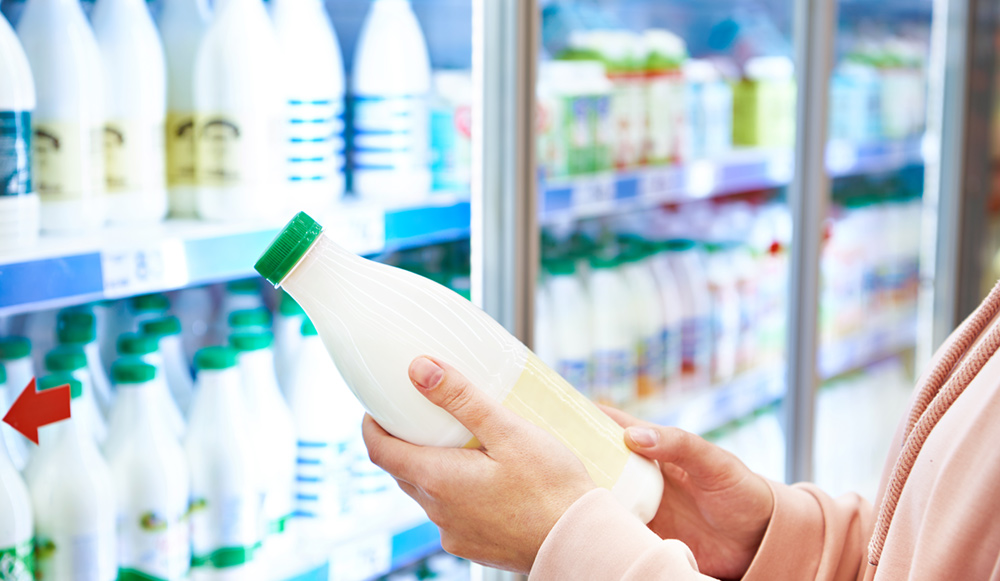 Introduction
Introduction
Shelf life extension in cultured milk products like yogurt, lala (fermented milk), and cheeses is crucial for ensuring consumer satisfaction, maintaining product integrity, and optimizing economic returns. This newsletter explores the intricacies of extending shelf life in these dairy products, highlighting the importance, influencing factors, practical strategies, and successful case studies in the industry.
Importance of Shelf Life Extension
Shelf life extension is pivotal for several reasons:
- Consumer Safety: Guaranteeing that products are safe for consumption throughout their shelf life duration is paramount in the dairy industry. This is achieved by controlling microbial growth and maintaining product quality.
- Product Quality: Preserving the sensory attributes—taste, texture, aroma, and nutritional content—of cultured milk products enhances consumer acceptance and satisfaction.
- Economic Benefits: Extending shelf life reduces product wastage and facilitates wider distribution, thereby improving profitability for producers and retailers alike.
- Market Reach: Increased shelf life enables products to reach distant markets, expanding consumer access and enhancing market competitiveness.
Factors Affecting Shelf Life
Several factors intricately influence the shelf life of cultured milk products:
- Microbial Activity: The presence of beneficial cultures (probiotics) and the control of spoilage microorganisms are crucial. Probiotics not only enhance product health benefits but also compete with harmful bacteria, prolonging shelf life.
- Temperature Management: Proper refrigeration is imperative to mitigate microbial proliferation and enzymatic reactions, which accelerate spoilage. Fluctuations in storage temperature can compromise product stability and safety.
- pH Levels: The acidic environment created during fermentation inhibits the growth of pathogens and spoilage organisms. Maintaining optimal pH levels throughout production and storage is essential for product consistency and safety.
- Packaging Integrity: Packaging materials and techniques play a pivotal role in shelf life extension. Barrier films, modified atmosphere packaging (MAP), and vacuum sealing are employed to minimize oxygen exposure and prevent physical contamination.
- Ingredient Quality: The quality of raw materials, particularly milk and starter cultures, significantly impacts product stability and shelf life. High-quality ingredients with low initial microbial counts are essential for producing safe and durable dairy products.
- Sanitation Practices: Stringent hygiene protocols during production, processing, and packaging are indispensable to prevent cross-contamination and microbial contamination, safeguarding product integrity and consumer health.
Practical Strategies for Shelf Life Extension
Use of Preservatives:
- Use of Bio-Protective Cultures: Bio-protective cultures, such as Lyofast LR4PD, have emerged as pivotal tools in extending the shelf life of cultured milk products. These cultures not only enhance product safety but also contribute to maintaining quality attributes throughout storage. Lyofast LR4PD, for instance, contains strains that produce antimicrobial compounds during fermentation, effectively inhibiting spoilage organisms and extending product stability. Incorporating these cultures into fermentation processes optimizes microbial activity and ensures consistent product quality over time.
Temperature Control:
- Implementing a consistent cold chain from production through distribution to retail is critical in maintaining product freshness and safety. Precise temperature control at every stage of the supply chain minimizes microbial growth and preserves product quality.
Packaging Innovations:
- Modified Atmosphere Packaging (MAP): The replacement of oxygen with inert gases like nitrogen or carbon dioxide in packaging helps retard oxidative reactions and microbial growth, significantly extending shelf life.
- Barrier Films: Advanced packaging materials with superior barrier properties against oxygen and moisture ingress protect product integrity and enhance shelf life.
Optimized Fermentation Processes:
- Selecting and optimizing starter cultures that produce antimicrobial compounds during fermentation enhances product safety and stability. Controlling fermentation parameters—such as temperature, duration, and pH—optimizes microbial activity and product consistency.
Hygienic Production Practices:
- Maintaining strict sanitation practices in production facilities, including regular equipment cleaning and disinfection, minimizes microbial contamination risks and ensures product safety.
Ingredient Quality Control:
- Rigorous quality control measures for raw materials, including stringent supplier selection criteria and comprehensive testing for microbial contaminants, safeguard product quality and prolong shelf life.
Case Studies and Examples
- Yogurt: Implementing MAP techniques has demonstrated significant shelf life extension, allowing yogurt products to maintain quality and freshness for extended periods.
- Lala (Fermented Milk): Successful implementation of natural preservatives and meticulous cold chain management has substantially reduced spoilage rates, enhancing product stability and consumer trust.
- Cheese: Adoption of MAP techniques and antimicrobial cultures has effectively extended the shelf life of various cheese varieties, preserving their unique flavors and textures.
Conclusion
Extending the shelf life of cultured milk products like yogurt, lala, and cheeses requires a multifaceted approach encompassing preservative use, temperature management, packaging innovations, optimized fermentation practices, stringent hygiene protocols, and stringent ingredient quality control. By implementing these strategies, dairy producers can ensure their products remain safe, high-quality, and economically viable in an increasingly competitive market.